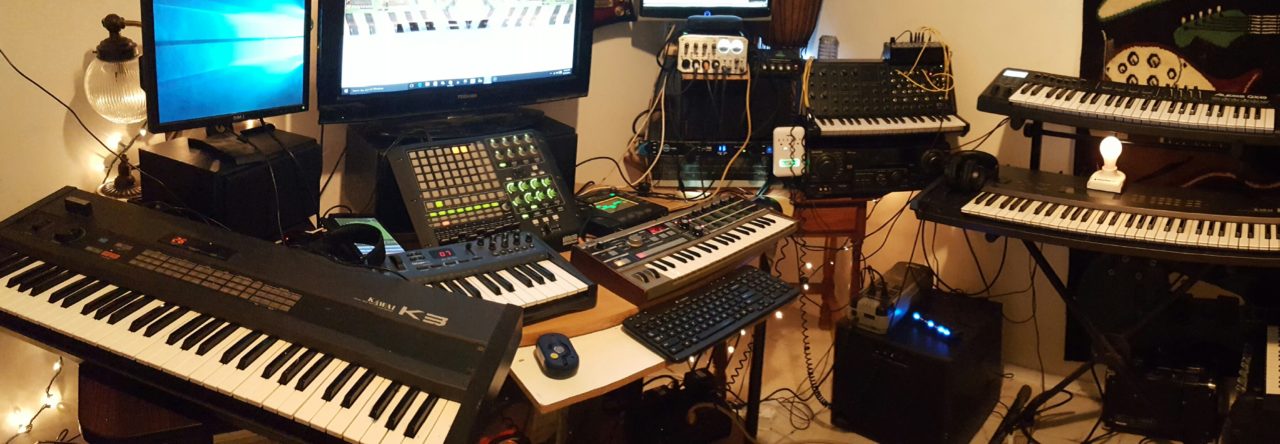To badly paraphrase several movies, “We don’t need no stinking Time Signature!” This one kind of got out of hand, and I let it. The groove was there after a few hours, but I’ve spent days trying to play the solo in.
The drums are all programmed by hand (not played in – clicking squares in the MIDI grid… I can’t play drums.) The solo “instrument” is a stack of every real synth in my arsenal, meaning my Kawai K3 and K5, the trusty microKorg, and Korg MS-20.
Enjoy Responsibly!
Jay
[embedyt] http://www.youtube.com/watch?v=yJzqn1HUbHo[/embedyt]

